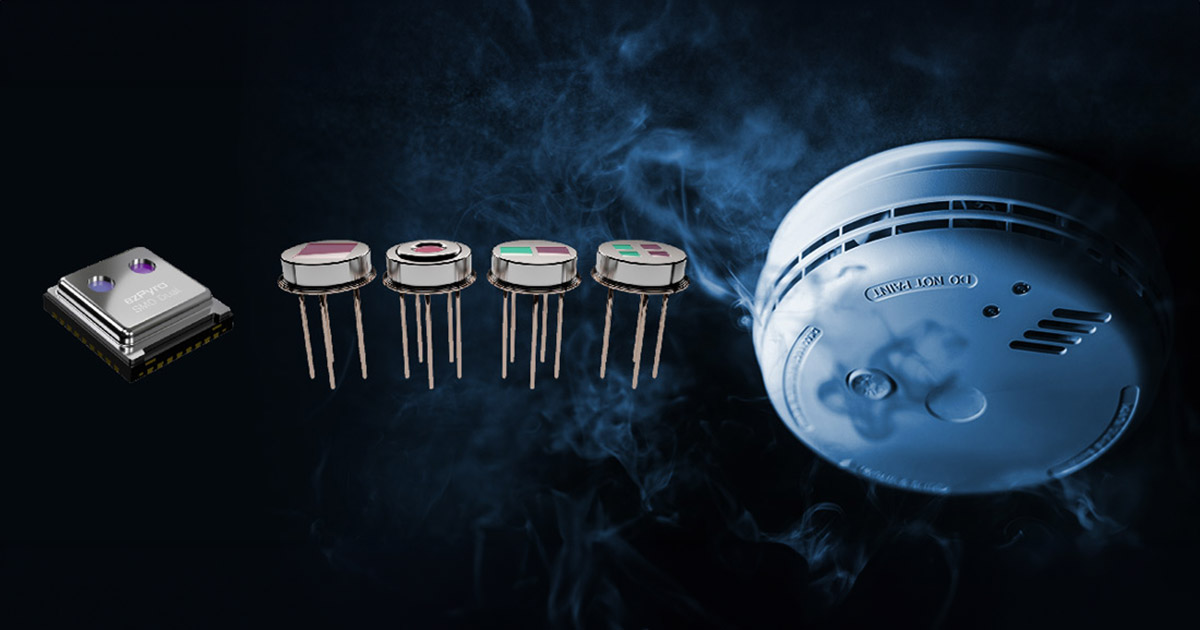
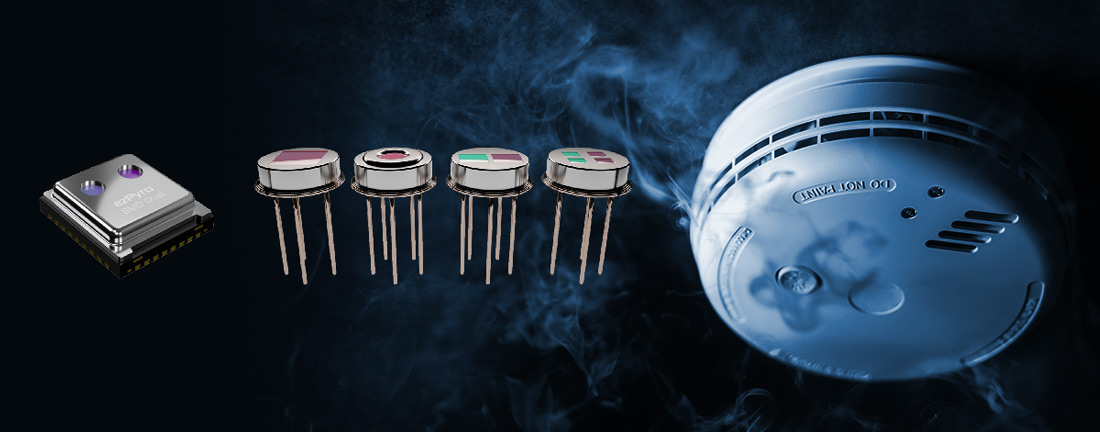
Types of flame detection systems: the ideal flame detector sensors and infrared flame detection sensor
What are the main types of Flame Detection Systems?
Efficient and early flame detection safeguards hazardous industrial processes, protects existing equipment and infrastructure, prevents material loss cost, maintains active jobs and - more importantly – protects the well-being and saves lives of the technicians and operators working at risky facilities.
There are four methods of Infrared (IR) flame detection: IR, IR/IR, IR/UV and IR3. The IR method detects the high-temperature carbon dioxide (CO2) dissipated by the flames, this method is highly efficient but there is a risk of false alarm, which decreases the reliability of the detection system.
Why are Infrared Sensors ideal for Flame Detection?
To improve the reliability of IR flame detection, the CO2 flame channel can be compared with an IR channel that is not influenced by the flame. When the detection of those two independent channels is compared is called IR/IR method. When the carbon dioxide (CO2) flame channel is compared with 1-2 rejections channels it is called 3IR method. IR sensors can be combined with UV sensors that monitor emissions from the flame in a much lower wavelength area, this method is known as IR/ UV.
What are the methods of Infrared Flame Detection?
| Method |
Description |
Remarks |
| IR |
Detection of hot CO2 (4.35-4.64 μm) above flames |
Risk of false alarms due to background IR radiation or other IR sources |
| IR/IR |
Detection of CO2 plus reference channel |
Reduce false alarms by comparing CO2 signal with a channel unaffected by flames |
| IR/UV |
Combination of UV and CO2 detection |
Confirm CO2 detection by UV emission of flame |
| IR3 |
Detection of CO2 plus 2 reference/ rejection channels |
Reference channels above and below CO2 wavelength. Rejection channels for human motion, welding, or sunlight |
The fire detection sensors based on carbon dioxide detection (CO2 detection) of flames sensor module is efficient and works adequately because the CO2 absorption peak is very pronounced as we can see in the Figure 1.
Figure 1: The electromagnetic radiation of CO2 is approximately 4,3μm
When the reference channel or the rejection channel are included in the application (IR/IR and 3IR method) they avoid false alarms from other infrared sources traversing the CO2 wavelength (see Figure 2). By preventing false alarms, the IR/IR method and the 3IR method have a high reliability and a more accurate measurement of the radiation.
Figure 2: The radiation of other IR sources CO2 around 4.3μm
When comparing different types of fire detection and flame detection technologies, the infrared flame detection tends to be faster, more reliable and cost-effective solution. The advantages of infrared flame sensing over UV are the considerably lower costs and a greater resilience to “blinding” by external potent UV sources.
The clear advantage of IR flame detection system over a camera detection system are once again the low cost and no risk of blinding by smoke or fog which can occur on the camera optical lens. In Table 2 you can consult the summary of the comparation between the sensor’s technology.
Feature Comparison of Flame Detection Technologies
| Sensor Technology |
Strength |
| Infrared (IR) |
- Speedy response
- High dynamic range
- Cost effective solution
- Durable and modest maintenance
- All flames emit strong IR energy (CO2, CO, H20)
- IR sensors for sunlight, welding and human motion rejection are available
|
| UV |
- All flames emit UV
- Often used to support IR flame detection
|
| Visible Light Camera |
- Can determine location of flame in Field of view (FoV)
|
The growing global market for flame detection equipment (including design, installation and maintenance) is expected to $3.2bn in the first years of the new decade. Governmental policies, revised work and safety regulations, and private initiatives are driving the increased use of wireless technology in flame detection systems.
The current market is dominated by industrial-type applications, but the up-to-date recommendation is to use wireless technology in flame detection systems for many different fields and applications such as: oil & gas, chemical production, marine, transportation & logistics, energy & power, general manufacturing, retail, healthcare, home & commercial buildings. The clear trend towards wireless detectors reduces installation time and cost, increases flexibility of placement while enables innovative IoT applications. The fast development of integrated infrared sensors is playing a huge role on this recent trend.
Broadcom‘s Optical Sensing Division developed a unique thin film capable of combining the most requested features in infrared sensor technology: it combines robust performance, high sensitivity, high signal-to-noise ratio and fast response in a single sensor. Those features are possible because the sensor element is placed on a micro-electromechanical membrane that thermally isolates it from the package.
Consult Table 3: Broadcom infrared sensors: ideal for flame detection for details about the two available options: the digital infrared flame detection sensor and the analogical infrared fire detection sensor.
Broadcom Infrared Sensors: The best choice for Flame Detection Systems
Broadcom Digital Infrared Detectors
- 1 and 2 channels
- Easier integration (I2C)
- Low power consumption
- Attractive pricing for high volume applications
- IoT, CO2, capnography
- Digital output signal
- Ideal sensor for flame detection systems
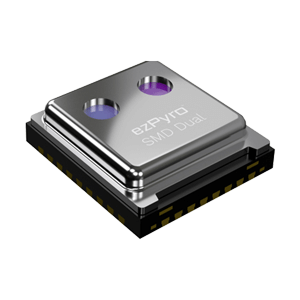
ezPyro™ SMD Dual Flame Detector
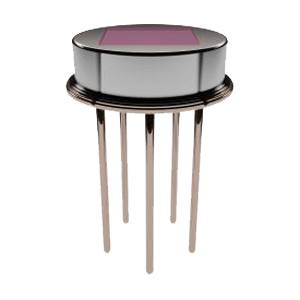
ezPyro™ SMD Dual Flame Detector
Broadcom Analog Infrared Detectors
- TO-39 can
- 1, 2, or 4 channels
- Pre-amplified analog output signal
- Multi-gas detection
- Flame detection sensor
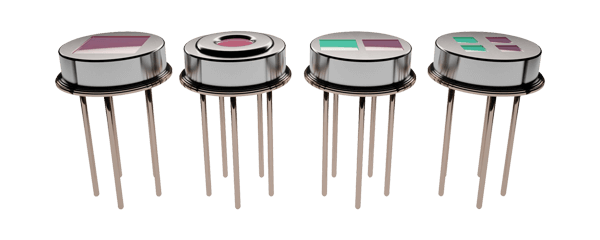
Single, dual & quad channel analogue TO-39 packaged sensors
If you would like to know more about this type of flame detection sensors and flame detection system using Broadcom sensors, please get in touch in our commercial and technical team. We would be pleased to get to know more about your application.